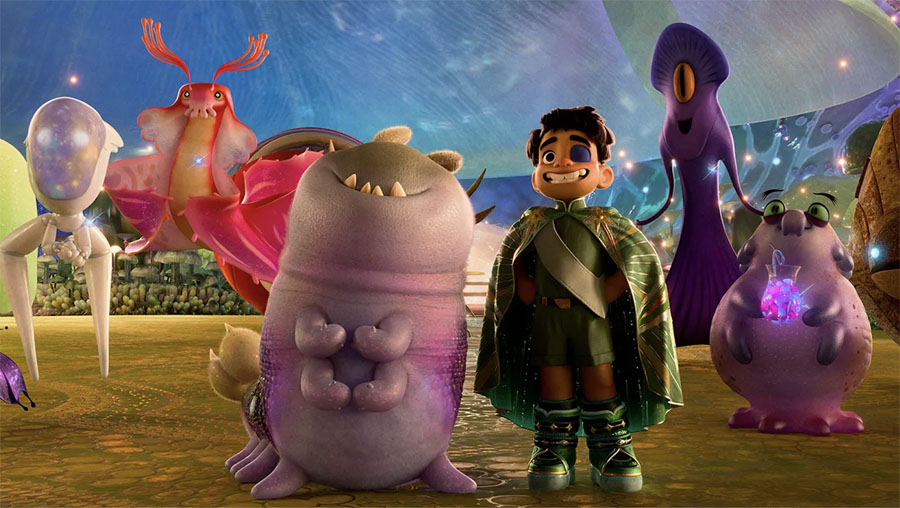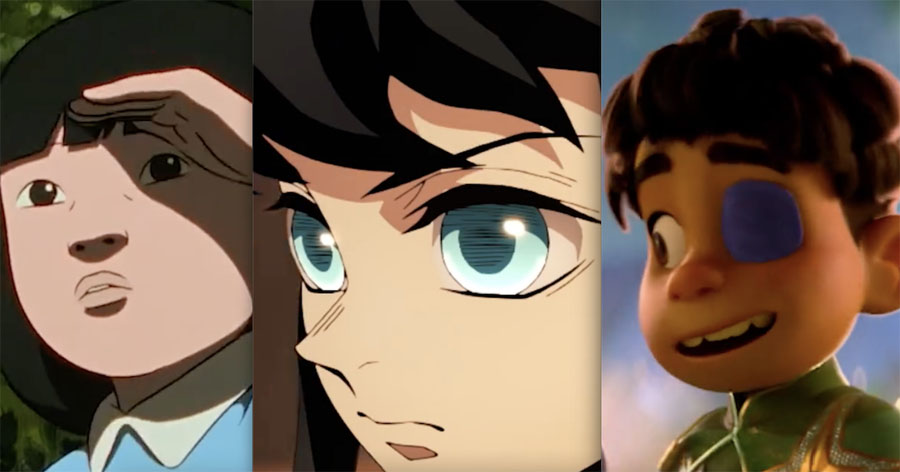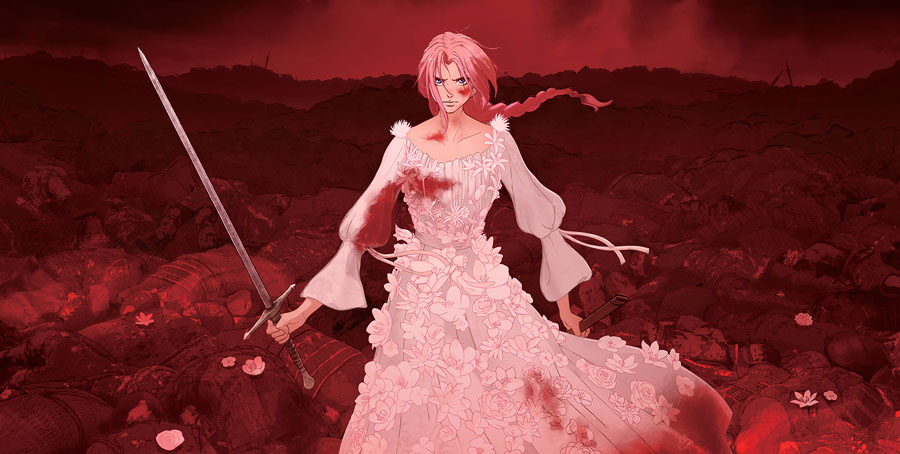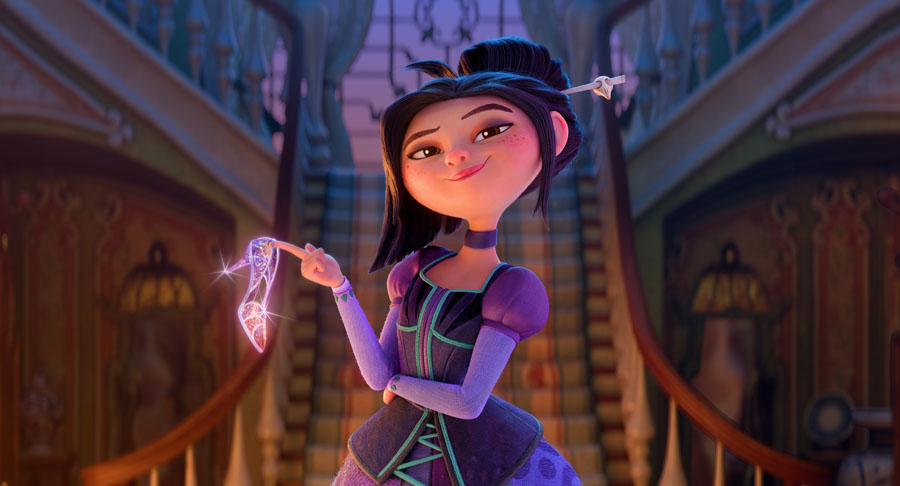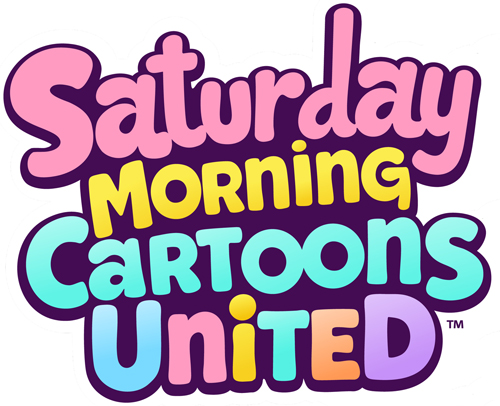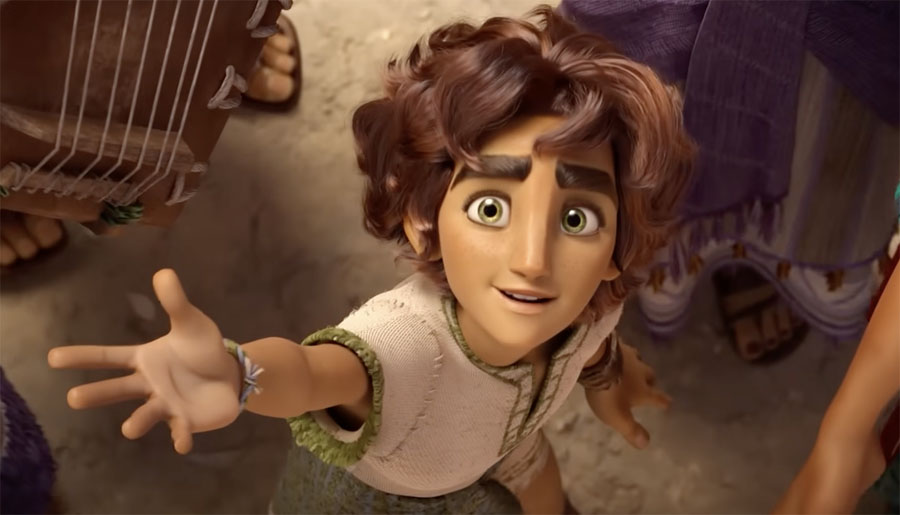The world started to come to an end today—at least in the first issue of the DC Hanna-Barbera Scooby-Doo Apocalypse comic magazine, which just arrived in stores. It’s not the first time Scooby and his pals were given a different twist (far from it), so I spoke to three of the key creatives behind this new comic series (J.M. (Mark) DeMatteis, Keith Giffen and Howard Porter) to unmask some of the mysteries about what’s happening to “those meddling kids and their dog, too.”
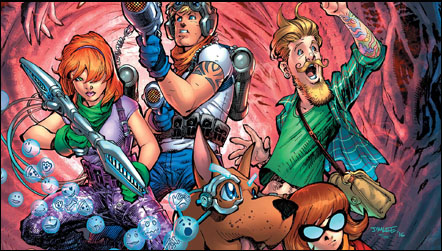
GREG EHRBAR: How much can you tell us about the new storyline?
J.M. (Mark) DeMATTEIS (Dialogue Writer):
Where we start our first story [“Waiting for the End of the World”], Scooby, Shaggy, Fred, Daphne and Velma are not a group of friends yet. They’re thrown together by insane circumstances. Velma and Shaggy already vaguely know each other. Shaggy and Scooby have their relationship because Shaggy is his trainer. We’ll be seeing those friendships grow. They’ll be in the van, traveling across this crazy landscape and they’ll have to become friends—or they could all die.
KEITH GIFFEN (Plot and Breakdown Artist):
The basic premise of the Scooby-Doo Apocalypse is that, all the monsters that they had fought in the cartoon are actually real. It’s not some guy who, once they take his mask off, says, “You meddling kids!” Something has caused them all to be real.
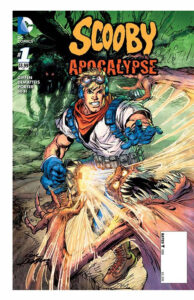 MARK:
MARK:
We’ve seen all these zombie apocalypse movies and TV shows. Here, instead of just zombies, there’s practically every monster in the history of the genre from literature and movies. The fun for us is in mixing the serious horror with a lot of character-based humor. We never want to lose the humor. It’s an important part of Scooby-Doo.
KEITH:
Shaggy and Scooby are always hungry, always looking for food. They’re the ones least likely to volunteer to get involved in scary situations. They all came to us with their personalities intact.
GREG:
Speaking of Shaggy and Scooby, there’s a second story called “When Shaggy Met Scooby,” that’s actually kind of touching.
KEITH:
We had the pages, so I decided to make that a back-up story rather than working it into the main story.
MARK:
We learn a lot about Shaggy as a human being in that story, and we see Scooby and what he’s been through. When they bond, there’s something very sweet about it.
GREG:
Will there be other flashback stories in future issues?
KEITH:
Of course. There will be flashbacks to see how they got where they are. I think that’s one of the most interesting things, to find out how they became who they are.
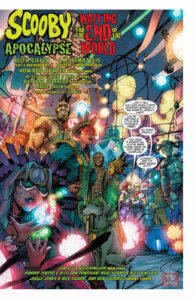 MARK:
MARK:
In this interpretation, we know that Fred and Daphne have a history that goes back to college. They were both media majors. He got completely smitten with her and was ready to follow her wherever she lead. There’s a lot of backstory just between the two of them. We’ll also find out more about Velma, her family and things like that.
GREG:
Let’s talk about this new approach. Historically, even in the days of Bill Hanna and Joe Barbera, many different premises and formats were created for classic characters.
MARK:
The Scooby characters have been around for almost 50 years. The truth is that some people might think they’ve been the same way for all those years, but there have been many, many interpretations. Like any iconic characters—Batman, Spider-Man, Mickey Mouse—there’s an essence of these characters that never changes. You can spin them, twist them, bend them, layer more things on them, make them a little more mature or a little more cartoony. The essence of the characters remains the same and we hope we’ve done that in the context of this new world that they’re in.
KEITH:
I know that any attempts in the plot that I’ve made in the past to do something that veers too far from what the characters are has been an abject failure. I always wind up going back the basic core personalities. I don’t think it’s so much “reinventing” Scooby-Doo and the crew as it is just maybe dropping them in a different reality and seeing how they’ll react to it.
GREG:
Maybe one of the reasons these characters are so enduring is that, because of their core personalities, they have an appeal that stands up to different interpretations.
MARK:
It’s like Superman. You can go anywhere in the world, go up to the first person you meet and they’ll say, “Oh, yeah. Clark Kent and the Daily Planet.” I think Scooby-Doo is the same way. I don’t think there are many people who, if you say, “Scooby-Doo” to them will have a puzzled look on their faces and say, “What’s that?” Everybody knows Scooby. I’ve been aware of him ever since he first appeared. When you deal with Shaggy, Daphne, Fred or Velma, they come to you fully blown.
GREG:
And addition to this new series, the classic version is still accessible.
MARK:
DC also publishes classic Scooby-Doo, and there’s the cartoon show on Cartoon Network, which is another interpretation, so people who love these characters can get a taste of so many different interpretations.
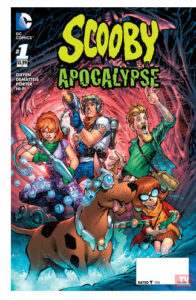 GREG:
GREG:
What is your creative process?
KEITH:
I’m the first to lay hands on the project. I work up the story by just putting notes in the margins. I take typewriter paper and actually sketch in, very loosely, the panels that will fit on the page. From there I hand it over to Mark. In don’t have anything to do with the dialogue, though maybe every so often something I write in the margins will make it into the dialogue. To me, it’s just about telling the story, making sure it fits in the pages before Mark adds the dialogue.
MARK:
Keith creates a rough, solid foundation of story and character interaction that allows me to take it and play with it through the dialogue. One of the great things about our relationship over the years is that Keith doesn’t have a lot of creative ego involved, so I have a lot of freedom to play, to change things and to spin it into different directions. And he’ll take what I do and work it into the next plot. So it’s really a nice kind of free-flowing way of doing things. It’s not really standard in the way comics are done. It’s like a tennis game—you keep hitting the ball back and forth. And then Howard comes in and does this breathtaking art, bringing the whole thing to life.
HOWARD PORTER (Pencils and Inks):
I just hang onto the coattails and kind of waterski behind everyone. (laughs)
GREG:
Can we address how some might feel about this new approach to Scooby-Doo?
MARK:
A lot of times, people see an image on line or they read a line or two here or there, and it’s human nature to jump to conclusions. We’ve all done it. You might shake your fist at the gods of Hanna-Barbera and say, “What have you done?” Then the book comes out and they might say, “Oh, this is a really cool interpretation.” At least, we hope so. Then they can be along for this ride, along with all the other Scooby-Doo things out there in different forms.
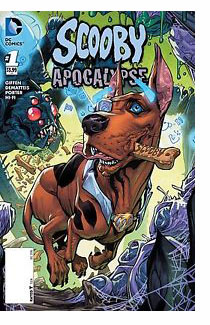 KEITH:
KEITH:
We’ve come into this project with the greatest amount of respect to the characters. We’re not going to savage them or put them into some unrecognizable shape. If I didn’t find telling stories with these characters alluring, I wouldn’t be on the book. You have every right to hate it once it comes out. At least see it before you dump on it. Let us prove our stuff.
GREG:
Whatever the reaction, the scope and detail of the artwork is pretty astonishing.
MARK:
The art alone is worth the price of admission.
KEITH:
When you talk about the overall look, that’s Howard.
HOWARD:
(laughs) In other words, it’s worth two dollars and ninety-five cents!
KEITH:
And if it goes wrong, that’s Howard, too. (laughs)
MARK:
(laughs) Right—if we compliment Howard up front, we know he takes all the blame if it all goes down in flames.
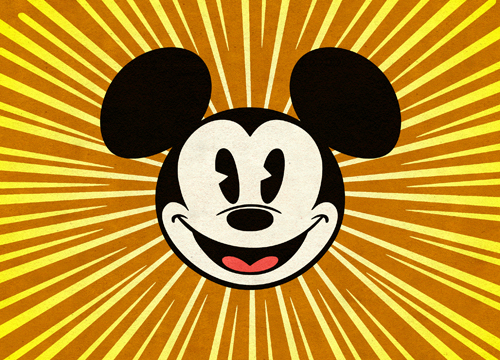
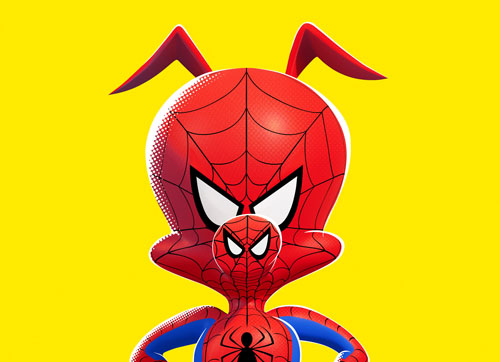

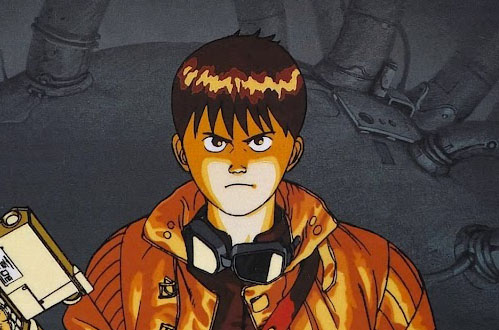

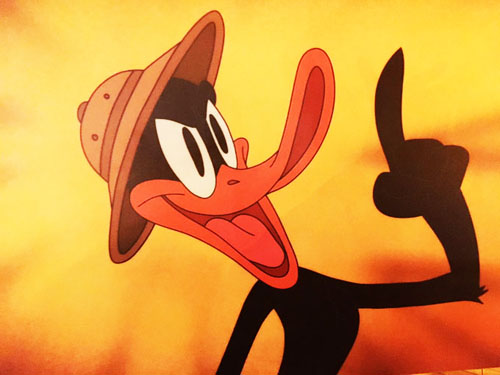





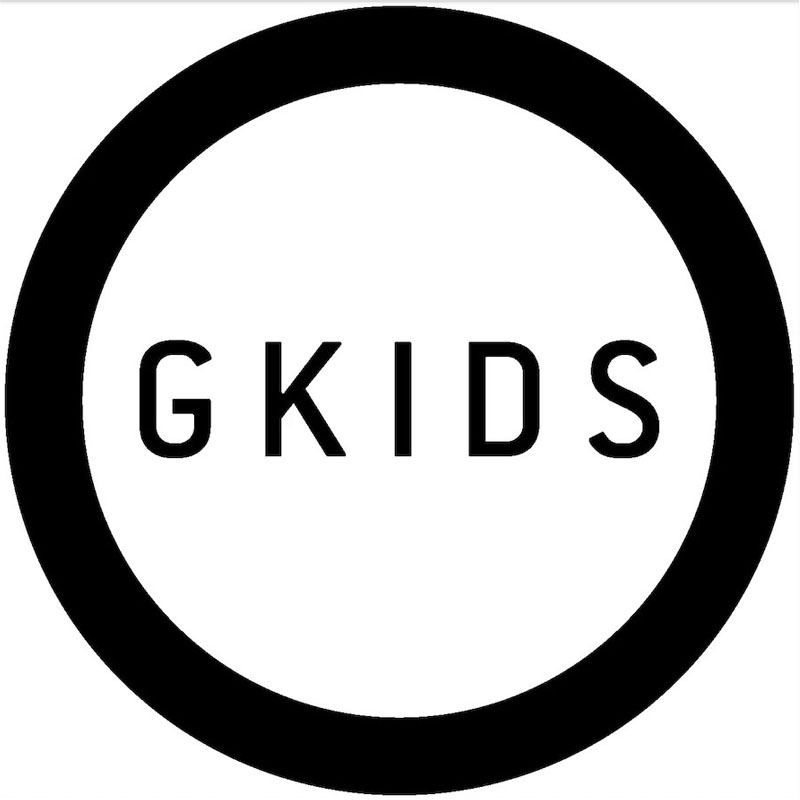








 KEITH:
KEITH:



